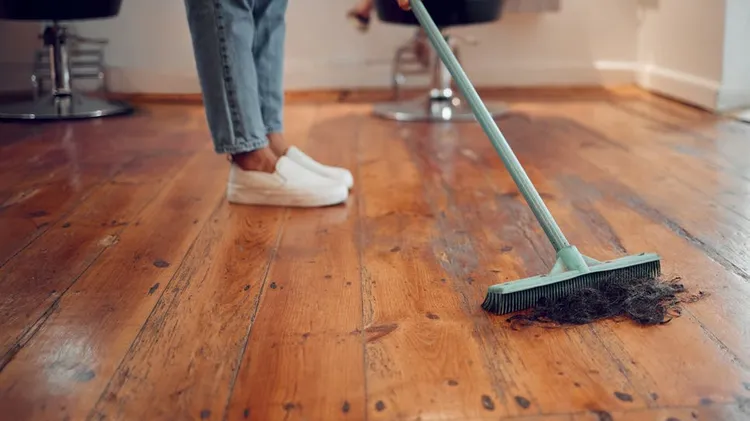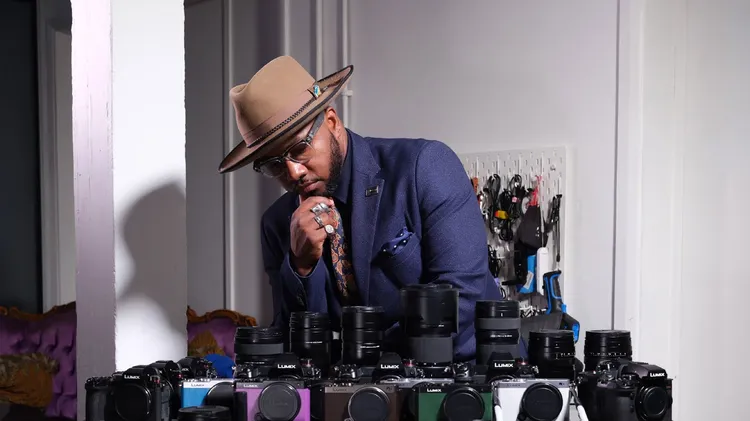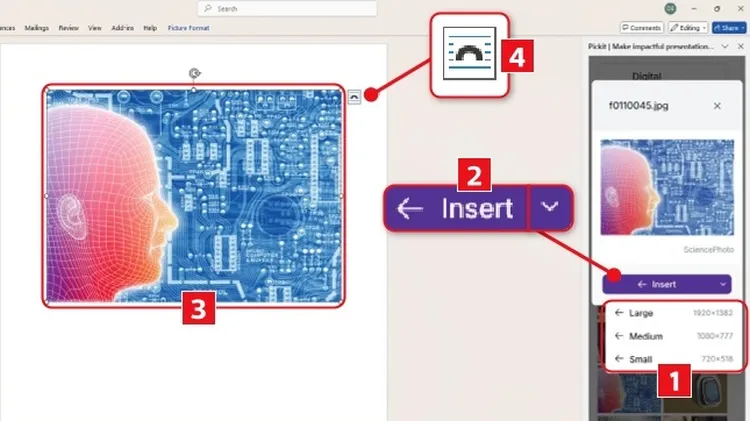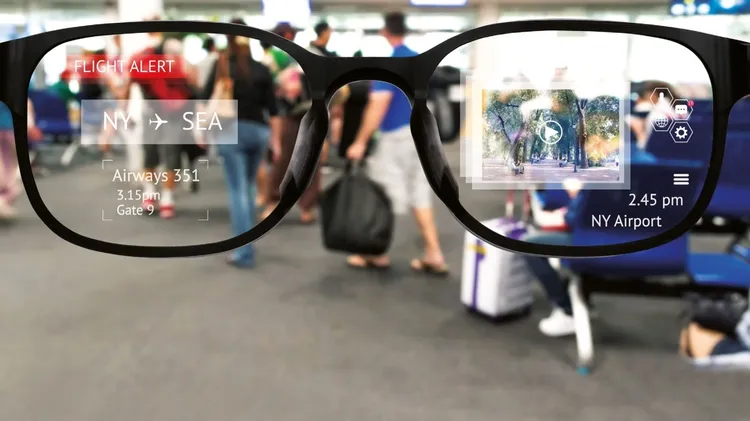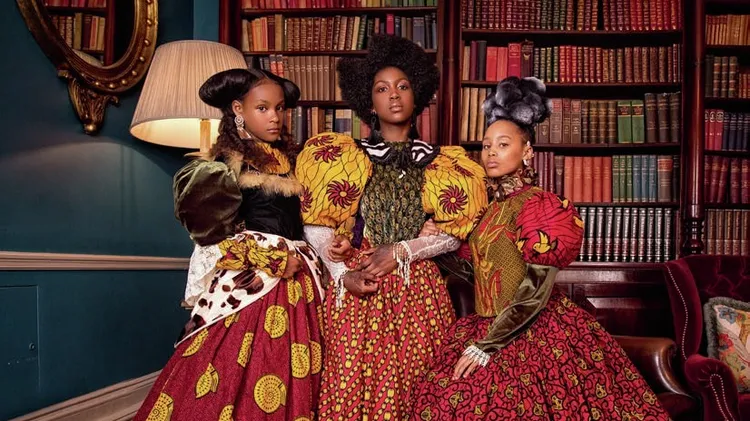Google’s forced smiles are family deepfakes the latest pixel phone can borrow a smile from another photo, but real memories are better than ai-perfected ones
3 min read
This article is from...
Read this article and 8000+ more magazines and newspapers on Readly

